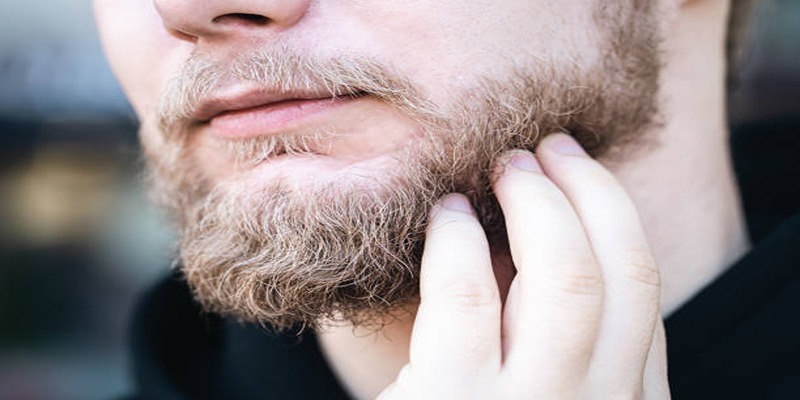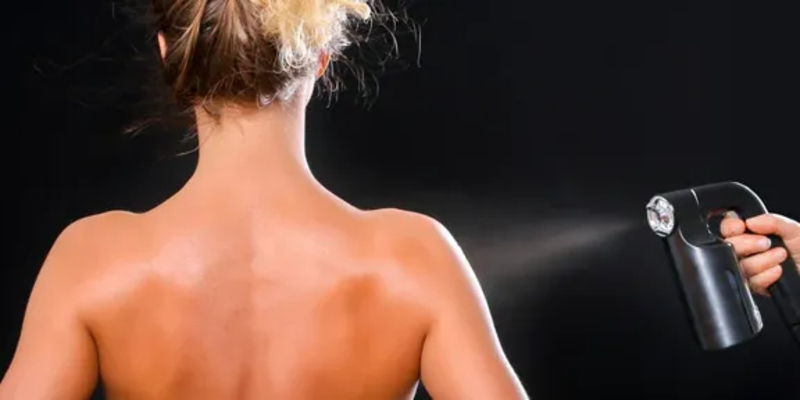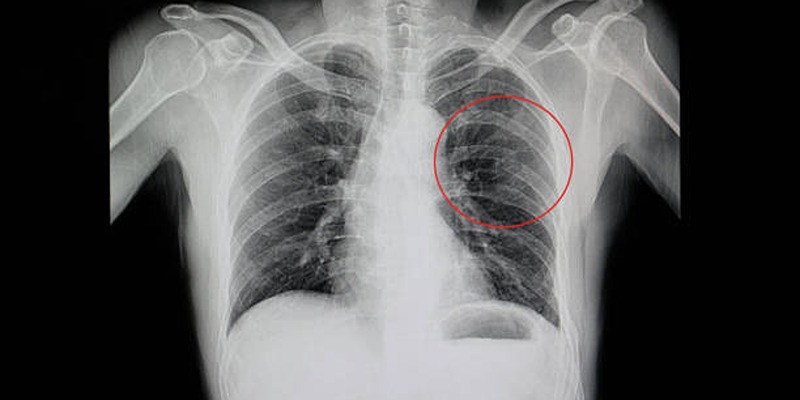Tinnitus is a condition where people experience ringing, buzzing, or hissing sounds in their ears without any external noise. It can affect one or both ears, and the intensity varies from mild to severe. While tinnitus itself is not a disease, it is often a symptom of underlying health issues like ear injury, hearing loss, or circulatory problems. This article will cover a variety of remedies for tinnitus, including relaxation techniques, exercises, sound therapy, cognitive behavioral therapy, and more.
1. Relaxation Techniques
Relaxation techniques are among the most effective ways to manage tinnitus symptoms. Stress and anxiety can worsen tinnitus, making relaxation a critical part of any management plan.
Meditation
Meditation helps calm the mind and reduces the perception of tinnitus sounds. Focusing on deep breathing and mindful awareness can help divert attention from the noise, giving sufferers a sense of control over the condition.
Yoga
Yoga combines both physical postures and meditation, making it an excellent way to relieve stress and improve mental well-being. Gentle poses like the child's pose or deep stretching can also improve blood circulation, which may help reduce tinnitus symptoms.
Progressive Muscle Relaxation (PMR)
PMR involves tensing and relaxing different muscle groups in the body. This practice promotes relaxation and can help release tension that might exacerbate tinnitus. Its a simple and effective tool for immediate relief when tinnitus becomes overwhelming.
2. Exercise
Physical activity has numerous health benefits, including improving blood circulation, reducing stress, and boosting overall well-being. These benefits can also help manage tinnitus symptoms.
Cardiovascular Exercise
Engaging in regular cardiovascular exercise, such as walking, jogging, or swimming, can improve circulation, which is essential for ear health. Better blood flow to the ears can help reduce the severity of tinnitus for some individuals.
Stretching and Flexibility Exercises
Simple stretches can help reduce tension in the neck, shoulders, and back, areas that can sometimes contribute to tinnitus symptoms. By improving flexibility and posture, stretching exercises can provide relief for some tinnitus sufferers.
3. Sound Therapy
Sound therapy is a popular and effective method for managing tinnitus. This approach involves using external sounds to mask or reduce the perception of tinnitus sounds.
White Noise Machines
White noise machines produce constant background sounds, such as the sound of rain, wind, or ocean waves, which can help mask the ringing or buzzing associated with tinnitus. These machines are particularly helpful in quiet environments, such as when trying to sleep, where tinnitus can become more noticeable.
Sound Masking Devices
Sound masking devices, often used as part of hearing aids, emit low-level sound that helps mask the tinnitus. These devices can be adjusted to the specific needs of the individual, providing customizable relief throughout the day.
Nature Sounds
Listening to soothing sounds from nature, such as birds chirping or streams flowing, can also be helpful for those with tinnitus. These natural sounds provide a calming effect and can serve as a distraction from the tinnitus.
4. Cognitive Behavioral Therapy (CBT)
Cognitive Behavioral Therapy (CBT) is a form of psychological treatment that focuses on changing negative thought patterns and behaviors. While CBT does not cure tinnitus, it can help individuals cope better with the condition.
How CBT Helps Tinnitus Sufferers
CBT helps by addressing the emotional and psychological impact of tinnitus. Many people with tinnitus experience anxiety, frustration, or depression due to their condition. CBT teaches patients how to change their responses to the tinnitus, helping them to manage stress and reduce the overall impact of the condition.
5. Hearing Aids
Hearing aids are often used to treat tinnitus, especially in individuals who also have hearing loss. Hearing loss can make tinnitus more noticeable, as external sounds are less likely to mask the ringing or buzzing.
How Hearing Aids Help?
Hearing aids amplify external sounds, which can help drown out the tinnitus noise. Some hearing aids are also equipped with sound masking features that emit soothing sounds to reduce the perception of tinnitus.
Personalized Solutions
Modern hearing aids are highly customizable. Audiologists can adjust the settings to the specific hearing needs of the patient, ensuring that both hearing loss and tinnitus are addressed effectively.
6. Tinnitus Retraining Therapy (TRT)
Tinnitus Retraining Therapy (TRT) is a combination of sound therapy and counseling. The goal of TRT is to retrain the brain to ignore the tinnitus sound, making it less noticeable over time.
How TRT Works
TRT involves using sound therapy to provide consistent, low-level background noise. This sound is combined with counseling to help patients change their perception of tinnitus. Over time, the brain becomes less focused on the tinnitus, making it easier to live with.
The Counseling Component
The counseling aspect of TRT is crucial. Patients work with trained professionals to understand the nature of tinnitus and develop coping strategies. This counseling helps to reduce the emotional distress caused by tinnitus, which in turn can reduce the overall perception of the sound.
Conclusion
Tinnitus can be a challenging condition to live with, but there are numerous remedies and therapies that can help manage its symptoms. From relaxation techniques like meditation and muscle relaxation to more structured approaches like cognitive behavioral therapy and sound therapy, individuals have various options to find relief. Hearing aids and Tinnitus Retraining Therapy also offer long-term solutions, especially for those with hearing loss. Managing tinnitus effectively often involves a combination of these therapies. It's important for each person to find the approach that works best for their unique situation. With the right combination of remedies, it's possible to reduce the impact of tinnitus and improve overall quality of life.







